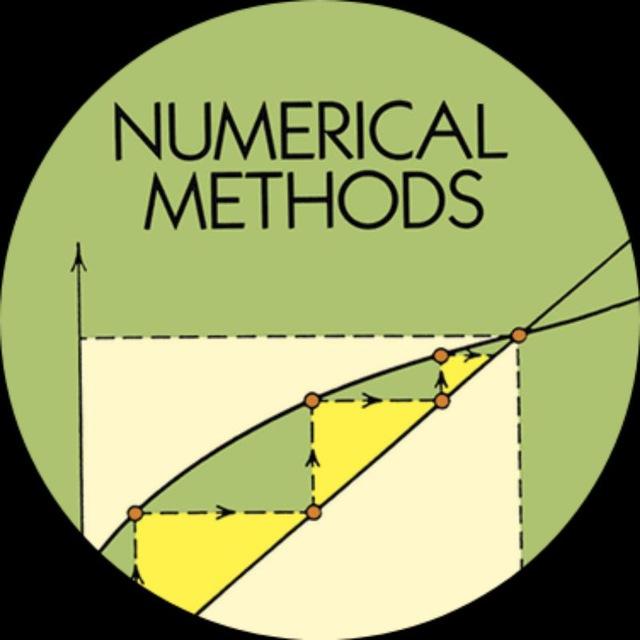Section outline
-
-
Course Rationale
Numerical analysis, area of mathematics and computer science that creates, analyzes, and implements algorithms for obtaining numerical solutions to problems involving continuous variables. Such problems arise throughout the natural sciences, social sciences, engineering, medicine, and business. Since the mid 20th century, the growth in power and availability of digital computers has led to an increasing use of realistic mathematical models in science and engineering, and numerical analysis of increasing sophistication is needed to solve these more detailed models of the world. The formal academic area of numerical analysis ranges from quite theoretical mathematical studies to computer science issues. With the increasing availability of computers, the new discipline of scientific computing, or computational science, emerged during the 1980s and 1990s. The discipline combines numerical analysis, symbolic mathematical computations, computer graphics, and other areas of computer science to make it easier to set up, solve, and interpret complicated mathematical models of the real world.
Course Objective
The aim of this course is to teach the students’ different numerical methods which are essential in many areas of modern life. This course will develop their programming knowledge and analysis ability of the underlying mathematics in popular software packages. From this course, students’ will learn:
· Computing integrals and derivatives
· Solving differential equations
· Building models based on data, be it through interpolation, Least Square,
or other methods
· Root finding and numerical optimization
· Estimating the solution to a set of linear and nonlinear equations
· Computational geometry
Course Outcomes (CO’s)
CO1
Solve differential equations that arises in the field of engineering and interpret the result.
CO2
Estimate errors in calculation of various methods
CO3
Develop codes and analyze its efficiency level
CO4
Explain numerical procedures that are used in developing different software packages
CO5
Apply knowledge and skills to optimize a problem
Program Outcomes (PO’s)
CO-PO Mapping
PO’s
CO’s
PO1
PO2
PO3
PO4
PO5
PO6
PO7
PO8
PO9
PO10
PO11
PO12
CO1
√
√
CO2
√
√
CO3
√
√
CO4
√
√
CO5
√
√
Grading Scheme:
Attendance- 07
Quiz - 15
Assignment- 05
Presentation- 08
Mid -Term Exam- 25
Final Exam- 40
---------------------------------------------------------------------
Total- 100

